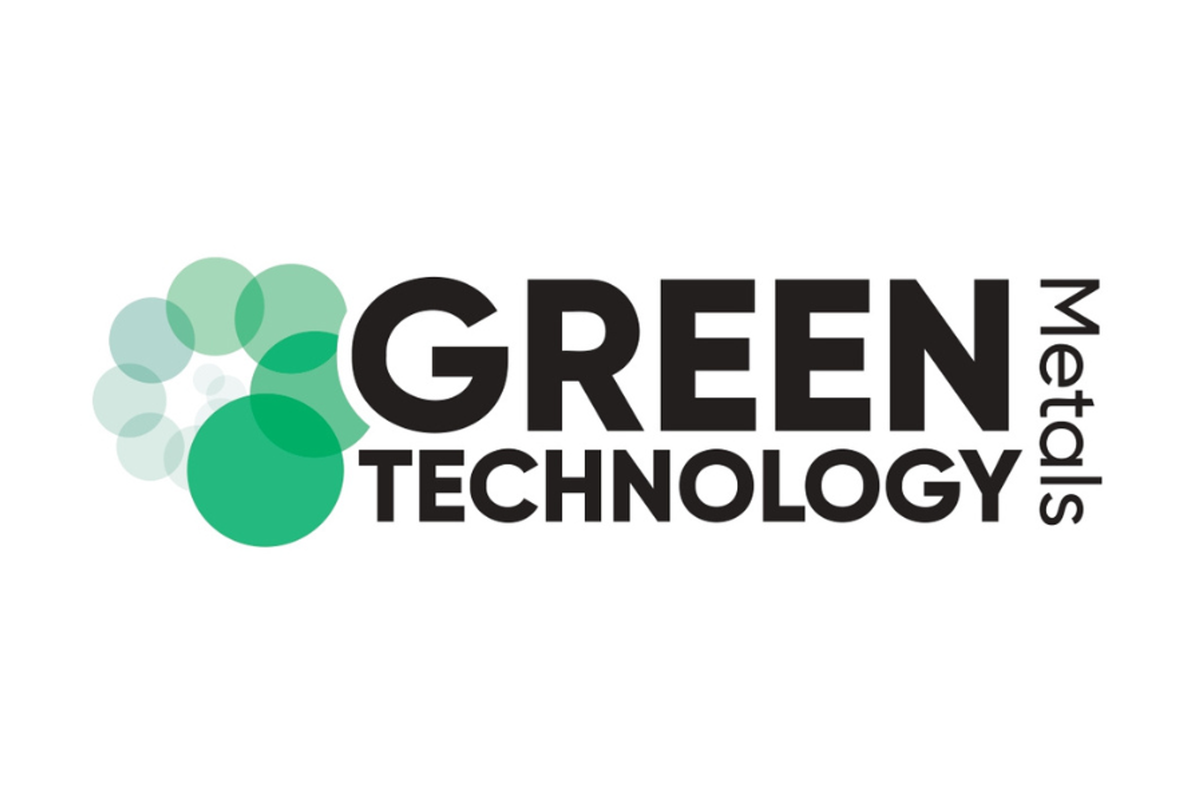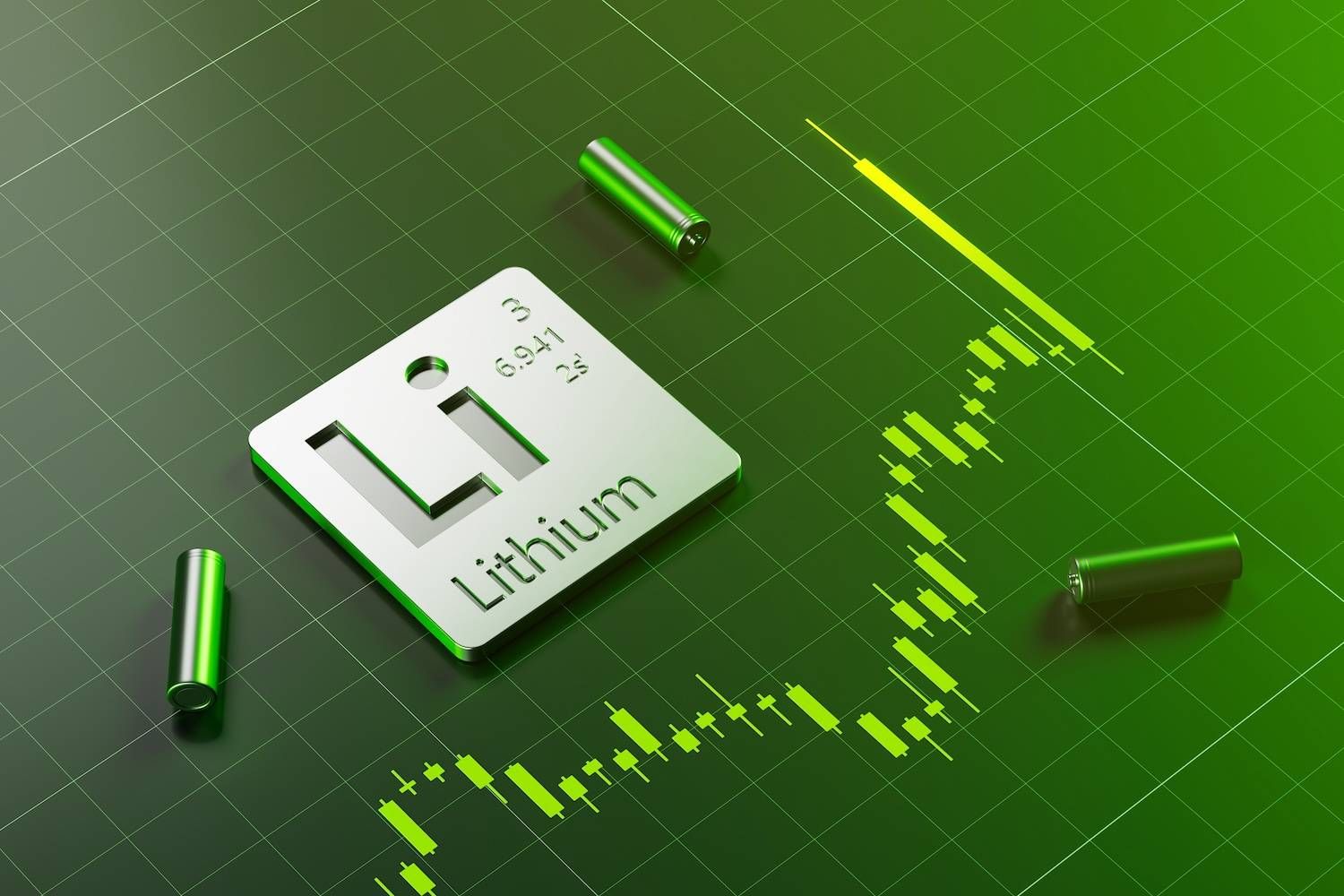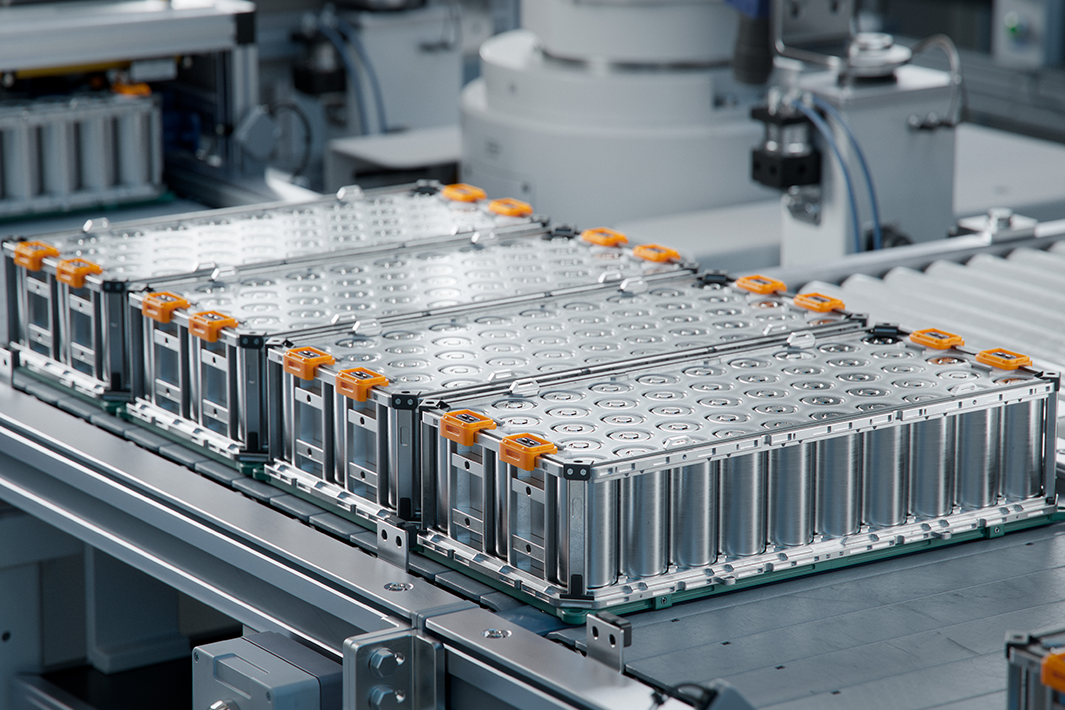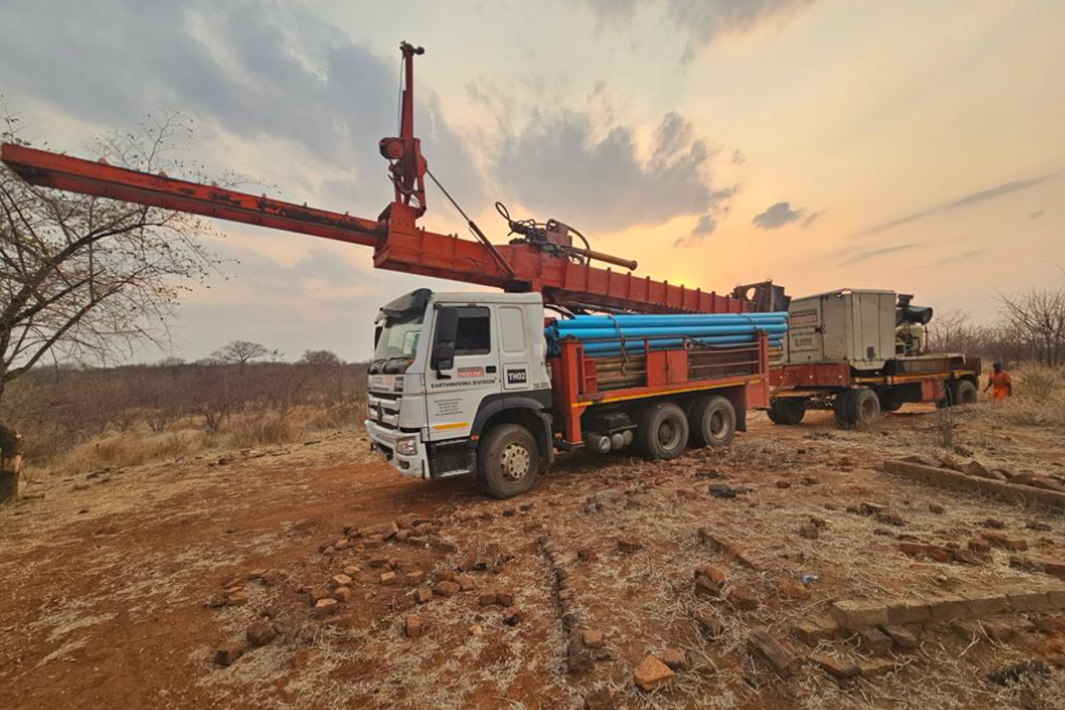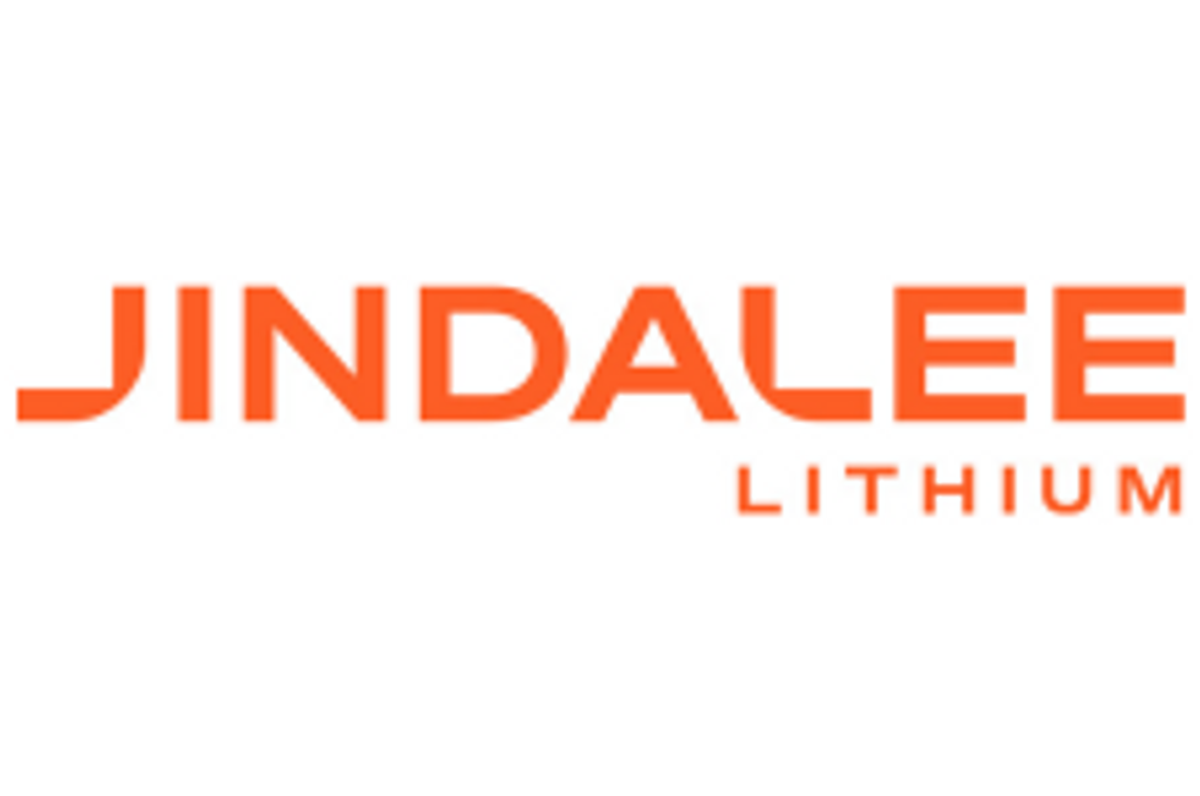
December 21, 2022
Green Technology Metals Limited (ASX: GT1) (GT1 or the Company), a Canadian-focused multi-asset lithium business, is pleased to announce very high spodumene concentrate recoveries from its 100%-owned Seymour Project, located approximately 250km north of Thunder Bay in Ontario, Canada. The spodumene concentrate represents a critical milestone for the business and future off-take partners.
HIGHLIGHTS
- Flagship Seymour concentrate recovery exceeds 72% using heavy liquid separation
- Confirms simple 2 stage DMS flowsheet potential
- Critical milestone for the PEA and future off-take partners
- Test work based on 1000kg of representative composites as per preliminary mine plan
- Very high recovery due to large spodumene crystal size
- Concentrates now being sent for conversion work to Lithium Hydroxide
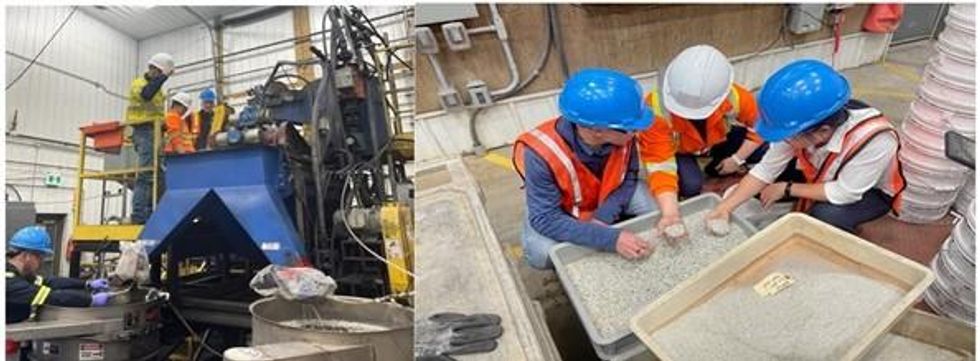
“The next few months will be an exciting time for the team at GT1 as we focus on increasing the value of our Flagship Seymour Project through metallurgical test work. These results will culminate part of our Preliminary Economic Assessment (PEA) and marks another important step closer to building a vertically integrated lithium business in Ontario, Canada.” - GT1 Chief Executive Officer, Luke Cox
Four composite samples totalling approximately 1000kg of recent and historic diamond core, derived from the Seymour pegmatite was selected, and shipped for testing. The samples represent the different mineralisation phases seen in the pegmatite within, what GT1 expect to be, the final open pit mine shell at Seymour.
Heavy liquid separation (HLS) test work was undertaken at SGS Canada’s facilities in Lakefield, Ontario. SGS compiled a master composite, based on the four samples selected, to provide a preliminary indication of the lithium beneficiation performance by utilising dense media separation (DMS).
Table 1 presents a summary table of the 8 mm HLS test results to achieve an HLS concentrate grade of 6.0% Li2O and 1.2 % Fe2O3. The resulting global HLS recovery, post magnetic separation including losses to HLS fines bypass, is 72%. This recovery has been reduced to align the laboratory magnetic separator with the industrial-scale equipment. The HLS result shows a strong potential to use DMS as the primary recovery method. Further work will continue to be completed for an optimised flowsheet that will ensure both maximised lithium unit recovery, and mass yield will be achieved for the Seymour deposit.
Click here for the full ASX release
GT1:AU

Sign up to get your FREE
Green Technology Metals Investor Kit
and hear about exciting investment opportunities.
- Corporate info
- Insights
- Growth strategies
- Upcoming projects
GET YOUR FREE INVESTOR KIT
The Conversation (0)
17 September
Green Technology Metals
Delivering the next lithium hub in North America
Delivering the next lithium hub in North America Keep Reading...
30 November
Altris Engineering Appointed to Optimise & Lead Seymour DFS
Green Technology Metals (GT1:AU) has announced Altris Engineering Appointed to Optimise & Lead Seymour DFSDownload the PDF here. Keep Reading...
17 November
Ontario Lithium Project Development Update
Green Technology Metals(GT1:AU) has announced Ontario Lithium Project Development UpdateDownload the PDF here. Keep Reading...
31 October
Quarterly Activities/Appendix 5B Cash Flow Report
Green Technology Metals(GT1:AU) has announced Quarterly Activities/Appendix 5B Cash Flow ReportDownload the PDF here. Keep Reading...
12 October
Successful A$4.5m Two Tranche Placement
Green Technology Metals (GT1:AU) has announced Successful A$4.5m Two Tranche PlacementDownload the PDF here. Keep Reading...
09 October
Trading Halt
Green Technology Metals (GT1:AU) has announced Trading HaltDownload the PDF here. Keep Reading...
18h
Liontown's First Tjiwarl Member Completes Apprenticeship at Kathleen Valley
Liontown (ASX:LTR,OTC Pink:LINRF) has reached a milestone at its Kathleen Valley operations, with Vaughan Harris becoming the first Tjiwarl community member to complete an apprenticeship with the company.“Being the first Tjiwarl apprentice to complete an apprenticeship here at Liontown feels... Keep Reading...
22 December
Lithium Market 2025 Year-End Review
The global lithium market endured a bruising 2025, with persistent oversupply and softer-than-expected electric vehicle (EV) demand driving prices for the battery metal to multi-year lows.Lithium carbonate prices in North Asia slipped below US$9,550 per metric ton in February — their weakest... Keep Reading...
11 December
Mining the Gap: 5 Forces Shaping North America’s Lithium Supply Chain
A convergence of industry investments, government initiatives and a shifting global trade dynamic is creating an environment ripe for the development of a North American battery supply chain, with lithium playing a leading role. These trends are reshaping the region’s industrial base and opening... Keep Reading...
10 December
Rock Bottom: Strategic Window for Ground-level Lithium Investment
When lithium prices hit bottom, savvy investors know that’s exactly where the next big discovery begins — literally. Beneath the surface of global markets and remote exploration grounds, new opportunities are forming in the wake of a sharp price reset and renewed geopolitical urgency.Recent... Keep Reading...
10 December
Liontown Resources Pens Lithium Offtake Agreement with China's Canmax
Liontown Resources (ASX:LTR,OTC Pink:LINRF) has executed a binding offtake agreement with Chinese conglomerate Canmax Technologies (SZSE:300390) as part of its strategy to diversify its customer base.“Listed on the Shenzhen Stock Exchange, Canmax is one of the world’s leading manufacturers of... Keep Reading...
08 December
Trading Halt
Jindalee Lithium (JLL:AU) has announced Trading HaltDownload the PDF here. Keep Reading...
Latest News

Sign up to get your FREE
Green Technology Metals Investor Kit
and hear about exciting investment opportunities.
- Corporate info
- Insights
- Growth strategies
- Upcoming projects
GET YOUR FREE INVESTOR KIT
Interactive Chart
Latest Press Releases
Related News
TOP STOCKS
American Battery4.030.24
Aion Therapeutic0.10-0.01
Cybin Corp2.140.00



